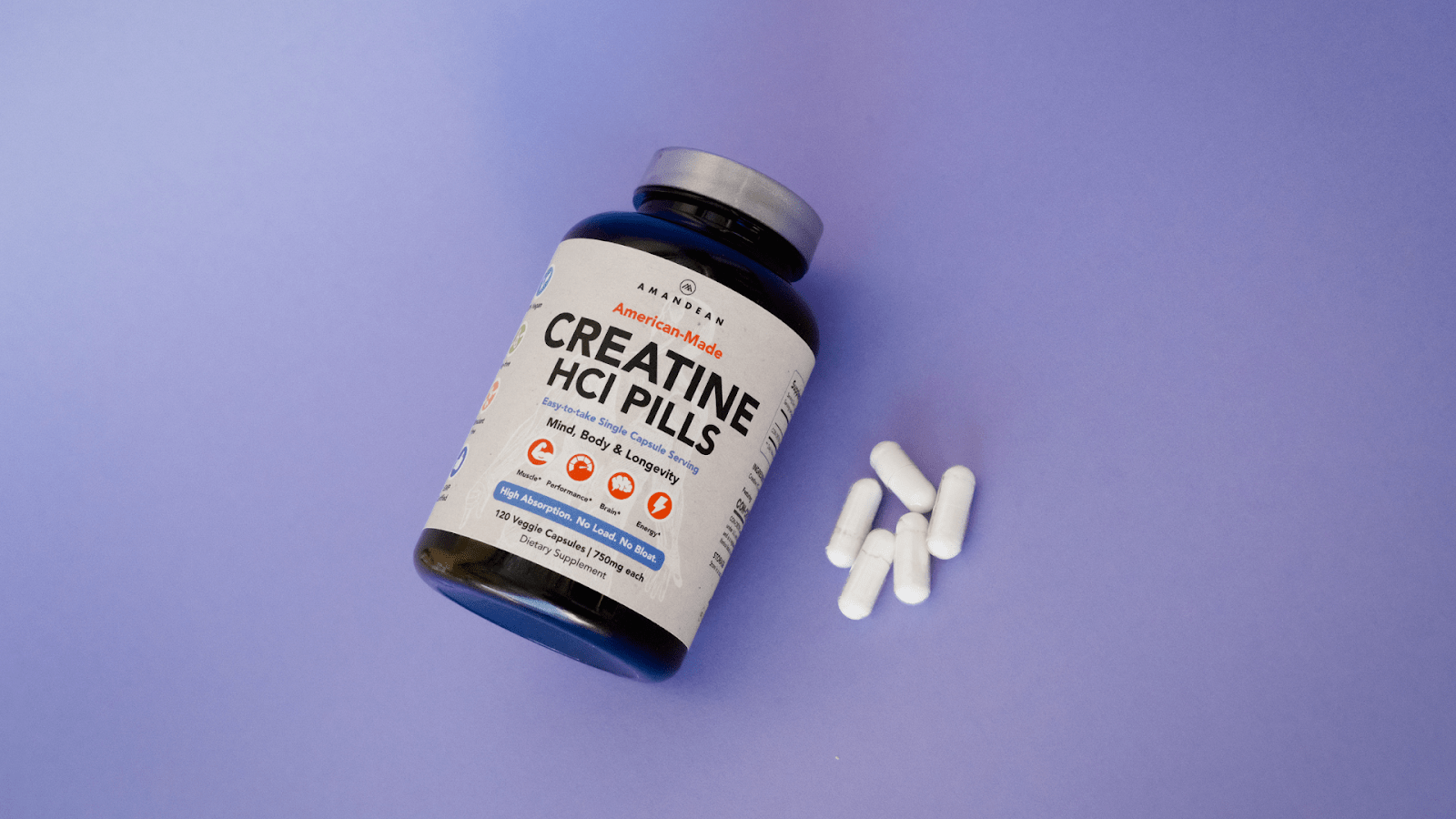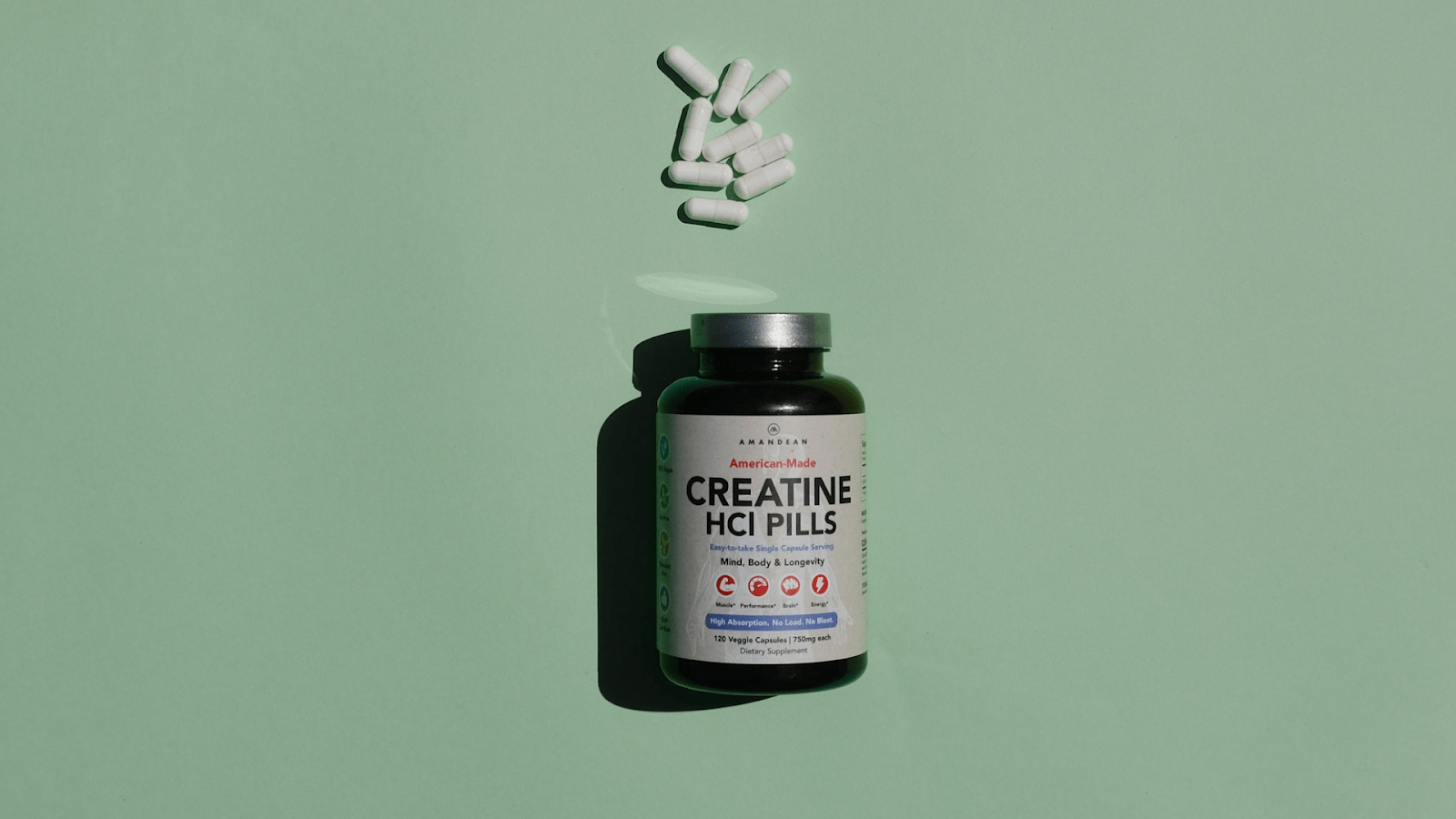Your Cart is Empty

November 11, 2022 4 min read
The sciatic nerve, the dominant nerve that innervates the lower back and lower extremities, runs from the lower back through the hips, buttocks and down each leg. It is the longest and widest nerve in the body and plays an important role in the nervous system by supporting the muscles of the lower leg (including the calf, ankle, and back of the knee) as well as supplying sensation to the sole of the foot, ankle, lower leg and back of the thigh. It is a mixed-function nerve containing both sensory neurons and motor neurons, meaning it simultaneously enables muscles to feel and to move. Any damage to the sciatic nerve can result in lower back pain, muscle weakness, and abnormal reflexes. Symptoms usually affect the lower leg, showing up in a number of ways such as leg pain, problems with bending the knee, shooting pain from the buttocks to the lower leg, or an inability to rotate or bend the foot properly.

Sciatica, a spinal cord injury, manifests itself in shooting pains that radiate along the path of the sciatic nerve. Sciatica occurs when the sciatic nerve is pinched or damaged. It is commonly a result of a herniated disc in the spine or a bone spur, which is an overgrowth of bone on the vertebrae. An interesting thing about sciatica is that it can be severe one day and gone the next. It emerges as flare-ups and often strikes without warning.

Vitamin C (ascorbic acid) is a well-known and powerful antioxidant that helps rid the body of free radicals. Studies have shown that Vitamin C combined with Vitamin E can help alleviate nerve injury such as injury to the sciatic nerve. Vitamin C not only helps to boost the immune system but can be an aid for easing the shooting pain of sciatica.

Amandean Liposomal Vitamin C is easy to incorporate into your diet. It is sugar-free, soy-free, vegan-friendly, and made from non-GMO sunflower lecithin. Liposomal Vitamin C has an advanced delivery system for maximum bioavailability and high absorption. Unlike traditional Vitamin C tablets, powders, or pills, liquid liposomal Vitamin C bypasses the digestive system and is delivered directly to the cells that need it most.
Sciatica can be unexpected. It is a painful experience that can cause an array of issues and inconveniences while performing simple daily tasks. Staying aware and intentional about posture, especially while sitting, is important to avoid putting unnecessary pressure on your sciatic nerve. But most of all, being aware of your body and listening to its signals is imperative to maintain good health.
The sciatic nerve is a dominant nerve in the lower back and extremities.
Sciatica is a spinal cord injury manifested through severe pain from the lower spine to the buttocks and down to the back of the leg or foot.
Sciatica risk factors include: aging, a sedentary lifestyle, and diabetes.
Sciatica prevention and management include: proper posture, weight management, exercise, and the absence of poor lifestyle choices such as smoking.
Vitamin C is a powerful antioxidant boosting the immune system and alleviating the symptoms of sciatica.

October 17, 2025 8 min read
Find out why creatine is better for vegans! Boost your wellness game and unlock peak performance with Amandean's premium supplements today.

October 16, 2025 7 min read
Learn whether collagen in coffee is just another wellness fad. Examine the facts, benefits, and how to use collagen in coffee for beauty and joint support.

September 22, 2025 9 min read
Unlock the full benefits of creatine for women. Boost energy, beauty, and brainpower with Amandean’s clean formulas.